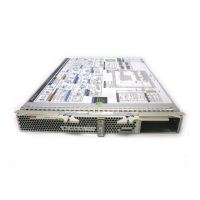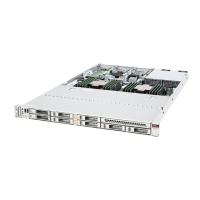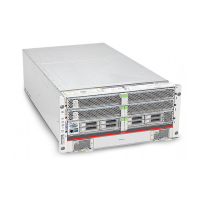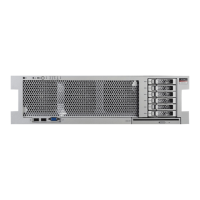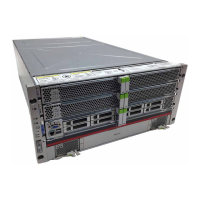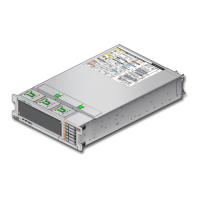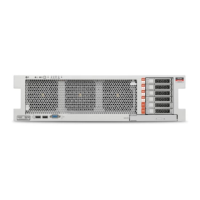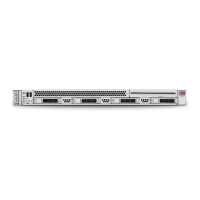WWN Syntax
Related Information
■
“WWN Syntax” on page 70
WWN Syntax
Oracle Solaris uses the WWN (World Wide Name) syntax in place of the locally unique tn
(target ID) field in logical device names. This change affects how device names can be mapped
to specific SCSI devices. These points are key to understanding the impact of this change:
■
Before the change to WWN nomenclature, Oracle Solaris identified the default boot device
as c0t0d0.
■
With the change, the device identifier for the default boot device is now referred to as
c0tWWNd0, where WWN is a hexadecimal value that is unique to this device throughout the
world.
■
This WWN value is assigned by the manufacturer of the device and, therefore, has a random
relationship to the server's device tree structure.
Because WWN values do not conform to the traditional logical device name structure, you
cannot directly identify a target device from its cntWWNdn value. Instead, you can use one of
the following alternative methods to map WWN-based device names to physical devices.
■
When the OS is not running, you can analyze the output of the OpenBoot command probe-
scsi-all.
For example, you would analyze probe-scsi-all output when you want to identify a boot
device.
■
When the OS is running, you can analyze the output of the command prtconf -v.
Related Information
■
“probe-scsi-all Device Naming (OpenBoot)” on page 74
Display Server Components (Oracle ILOM)
The Oracle ILOM show components command displays real-time information about the
components installed in the server. This information includes the target name for each
component.
At the Oracle ILOM prompt, type:
70 SPARC and Netra SPARC S7-2 Series Servers Administration Guide • March 2017
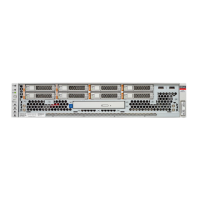
